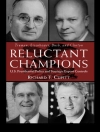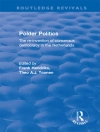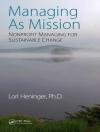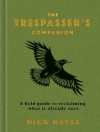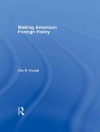Making a bold intervention into critical security studies literature, this book explores the ontological relationship between mortality and security. It considers the mortality theories of Heidegger and Bauman alongside literature from the sociology of death, before undertaking a comparative exploration of the memorialisation of four prominent post-terrorist sites: the World Trade Centre in New York, the Bali bombsite, the London bombings and the Norwegian sites attacked by Anders Breivik.
By interviewing the architects and designers of these reconstruction projects, the book shows that practices of memorialisation are a retrospective security endeavour – they conceal and re-narrate the traumatic incursion of death. Disaster recovery is replete with security practices that return mortality to its sublimated position and remove the disruption posed by mortality to political authority. The book will be of significant interest to academics and postgraduates working in the fields of critical security studies, memory studies and international politics.
Inhaltsverzeichnis
Introduction: death and security – the only two certainties
1. The problem of dying while resilient
2. Containing the spectacle: disaster management
3. Reflecting absence? Disaster recovery and the World Trade Center
4. Reclaiming place and self-harming architecture: Norwegian experiences of death and security
5. Mutating disaster space: itinerant death at the Ground Zero Mosque and the Bali bombsite
6. Bombs without bombsites: memory and security without visibility
Conclusion: pathologising security through Lacanian desire
Index
Über den Autor
Charlotte Heath-Kelly is Assistant Professor in Politics and International Studies at the University of Warwick


